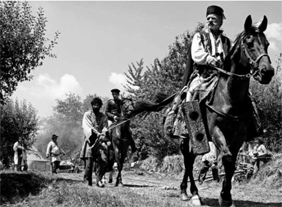Museum of Roma Culture / Muzeul Culturii Romilor – Bucharest
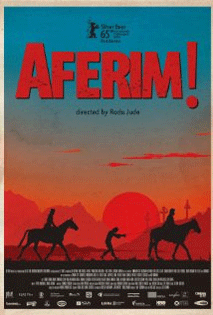
August 6, 2015 – Bucharest, Romania
by Dan Dimancescu, Honorary Consul of Romania in Boston Never before has the Roma population had an opportunity to feature its unity as a culture in a formal public space. The Museum’s three-day inaugural event is a first in 800 years of Roma culture in Romania. The privately funded project is the brainchild of Ciprien Necule, Secretary of State in the Ministry of Culture. Taking me on a tour of the spaces being created in the spiral-like structure, he explains: “We want to create a meeting and teaching place both for Roma people and the public. Craft classes, childrens programs, and special events will be offered.” And, he adds: “The wole comcept is top bring solidarity and unity between people.” On the way I’m introduced to Ms. Marjorie Stern, Cultural Affairs Attaché of the U.S. Embassy, amidst a growing crowd of dignitaries, personalities, locals and press.
The inaugural day includes craft specialist selling copper and wood wares, jewelry, baskets, brooms and an outdoor music concert. A special feature is the late evening showing of AFERIM, a highly acclaimed Romanian feature film released in 2015 and a possible nominee for Romania’s entry in the Oscar’s foreign film category. It recounts the story of an escaped Roma slave in the mid-1800s who is hunted down by the owner. One of the young actors, Alberto Dinache who lives nearby, is in attendance with his mother. Engaging and already mature for his age, I take the opportunity to pose together for a photo.
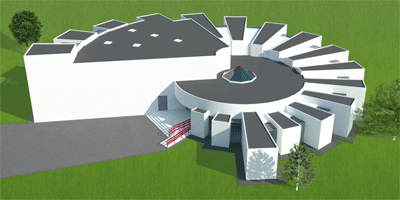
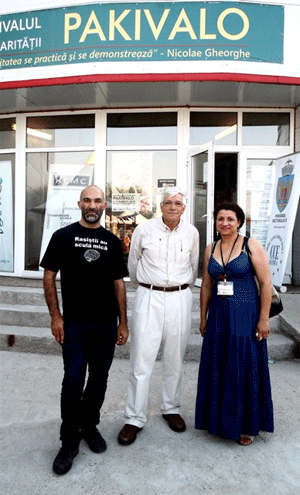
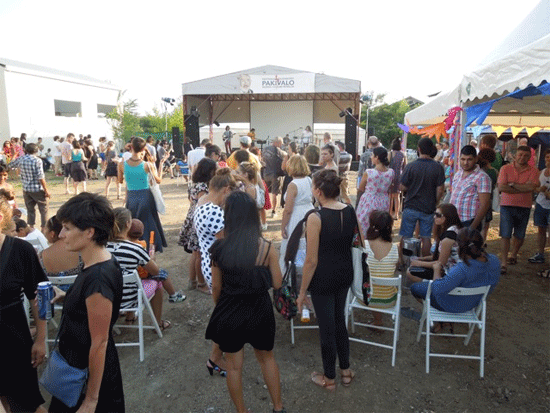
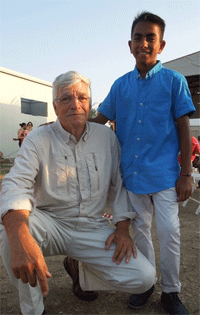
The first monument commemorating the Roma Holocaust was unveiled at the Roma Culture Museum in Bucharest, on the last day of the Pakivalo Solidarity Festival.
According to a press release from the festival organizers, the monument is a tribute to the memory of Roma victims deported and exterminated in Transnistria and the Auschwitz – Birkenau death camp between 1940 – 1944. The initiators of the cultural act want the monument to be set up in a park or public square.
“Both the Roma community and the Romanians needed such a symbol to be able to reconnect through the empathy generated by such huge human suffering. The monument is at the same time an important step towards rebuilding the collective memory of the Roma community that needs strong regenerative symbols. Without a common history and memory, a future project of integrating and developing the Roma communities is unconceivable. This monument tells a story about the striving for freedom of all human beings. It also bears testament to a dark past humanity must never get trapped into again,” MEP Damian Draghici, one of project’s initiators told Agerpres.
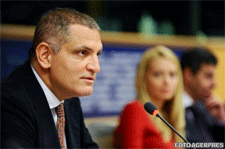
Damian Draghici speaking at the event
SEE ALSO – 150 Years of Roma Freedom (2006)
